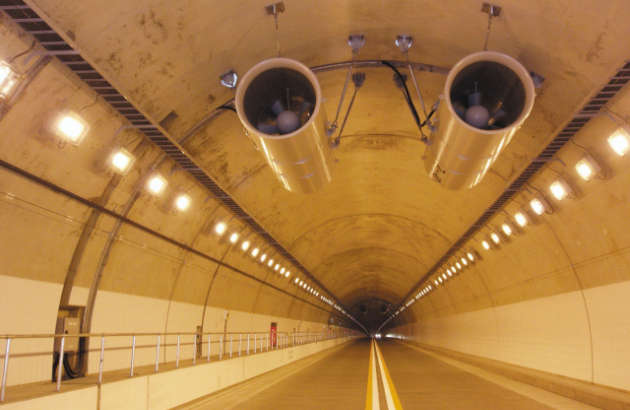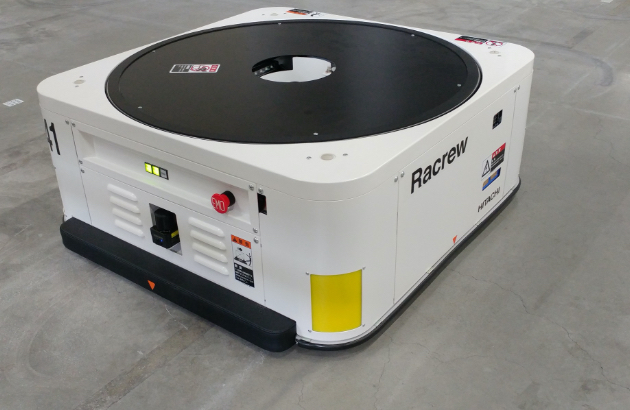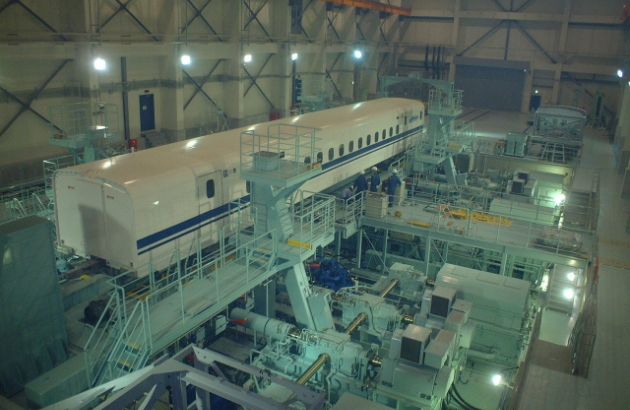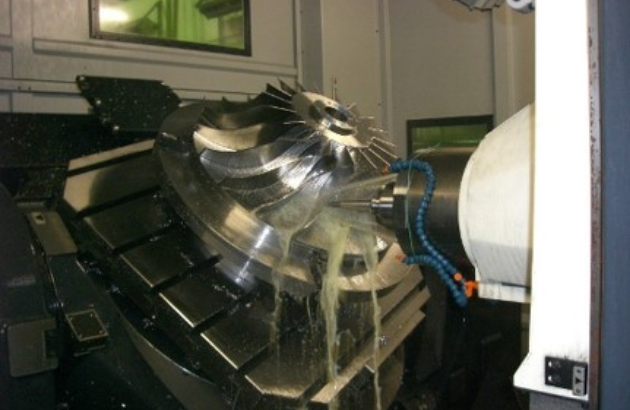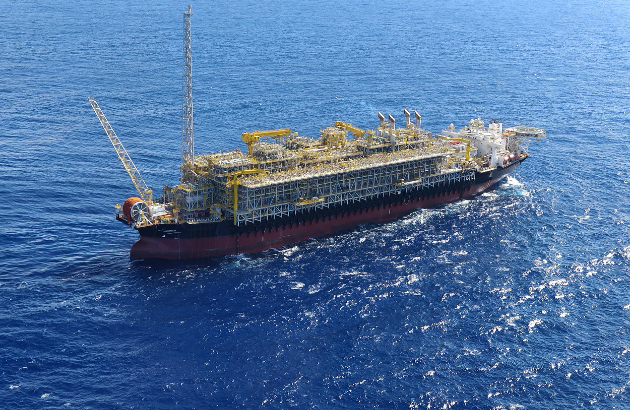Process compressors
The world is accelerating its movement toward technological innovation in the areas of CO2 removal and alternative energy sources in order to realize a sustainable society.
We have been working on the development of new technologies for CO2 and other resources that can be separated and recovered in the process of carbon capture and storage (CCS), and for the production of ammonia, which does not emit CO2.
Ammonia, which is expected to be an alternative fuel for coal-fired power generation without emitting CO2 during combustion.
We contribute to the creation of environmental value by supplying compressors to various plants around the world.
Compressors are used for more than 30 years as the heart of a plant.
In recent years, we have been working to meet the various needs of our customers, which change over the long term operation of a plant.
We are also actively engaged in the solution business, such as compressor modification, to meet the changing needs of our customers during the long-term operation of plants.








